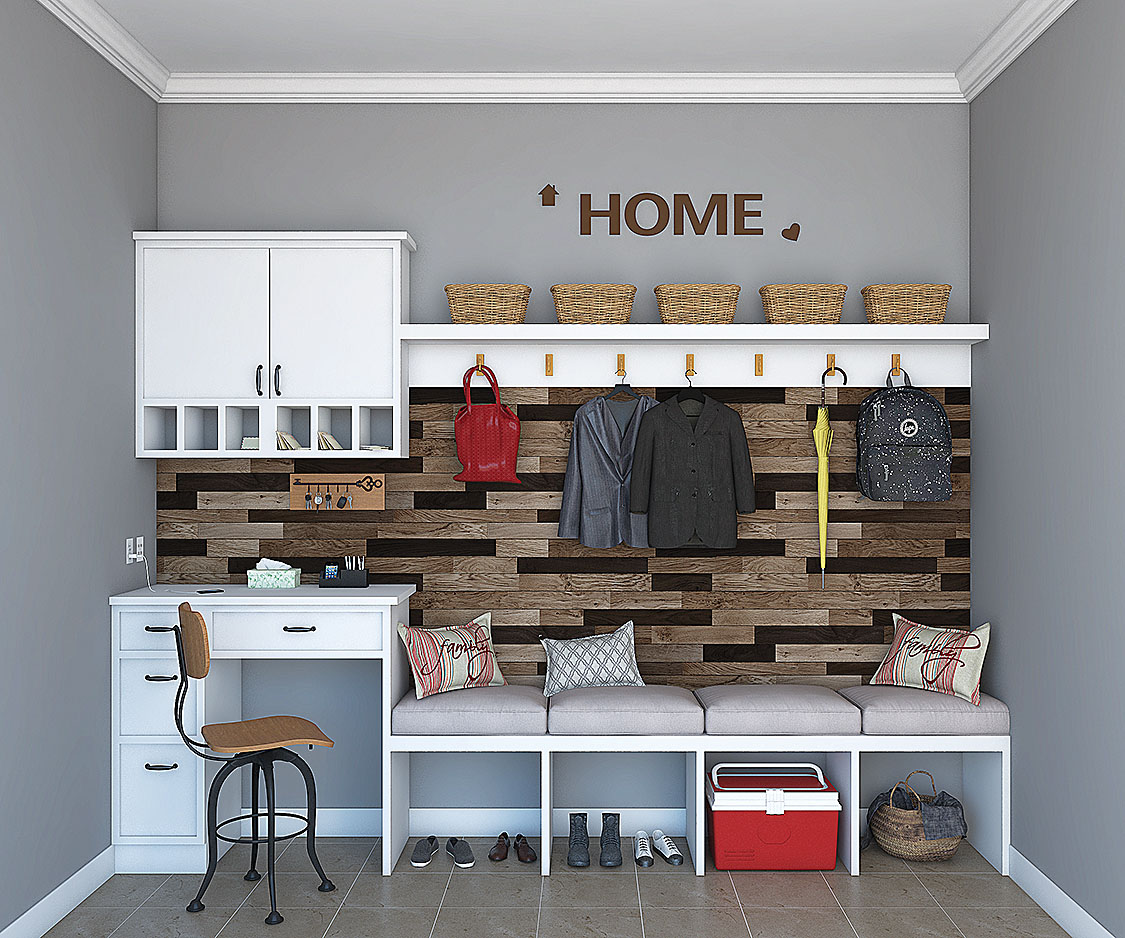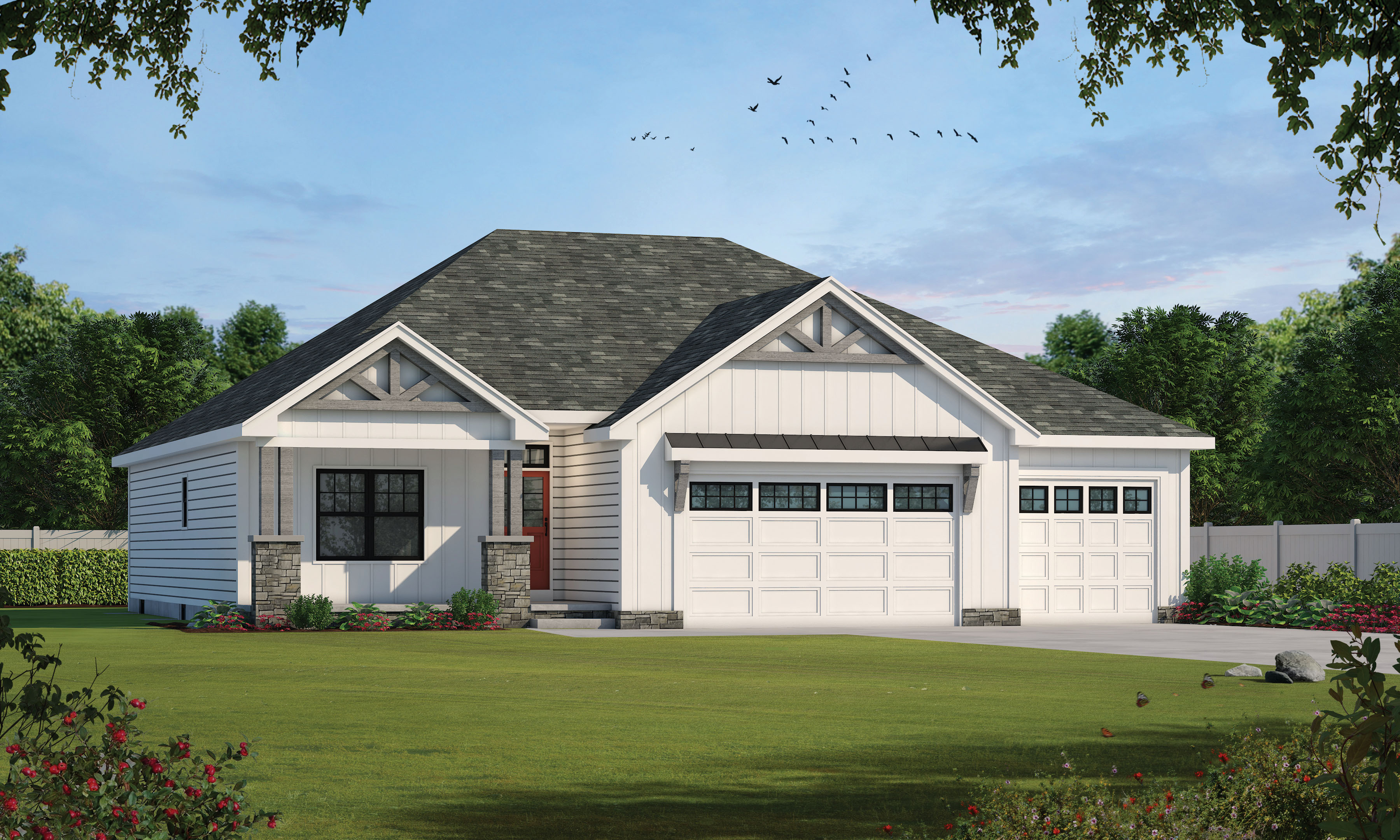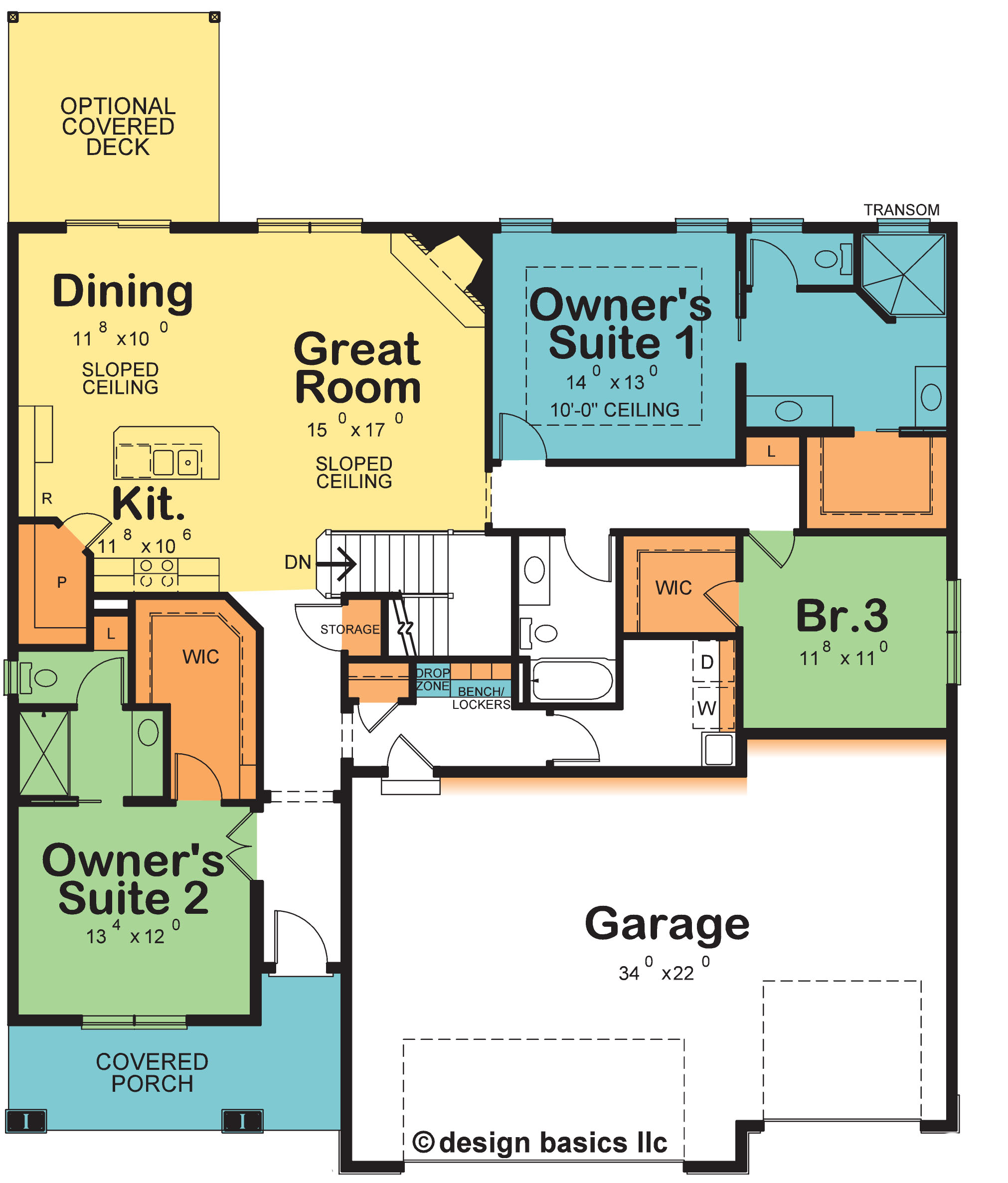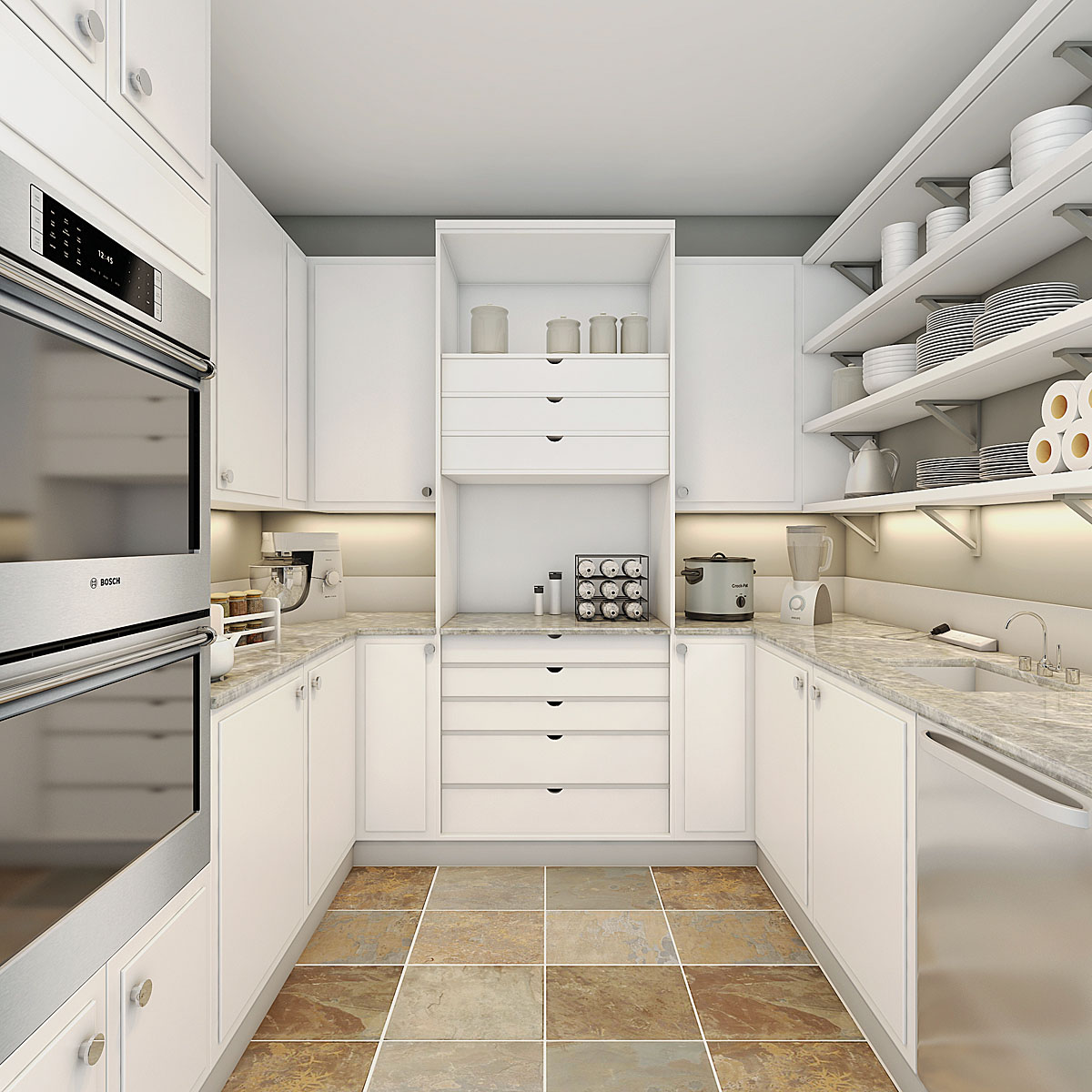Your best framers may not be part of your construction crew; rather, they just might be found among your sales team. Known as forward framing, they employ the power of suggestion to influence prospective purchasers’ expectations regarding your homes. When visitors to your model home hear, “There are so many amenities you’ll find in our (model) home you just won’t see in other builders’ homes,” those hopeful buyers are primed to notice, appreciate, and remember those amenities.
In 7 Secrets of Persuasion, James Crimmins writes, “You can completely change the outcome of a test drive by leading the driver to anticipate the positive aspects of acceleration, braking, handling, and road feel. If you don’t set the expectation beforehand, there is a good chance the driver will miss key selling points.” Some key selling features are obvious – the stone countertops, for example; others might be overlooked – the pull-out drawers in your base cabinets can’t be appreciated if visitors don’t open those cabinet doors. And then there are amenities that are hidden assets – such as high-performance insulation; it’s covered up with drywall.
Visitors arrive at your model home and start in your garage sales center. Since the weather’s lousy, they begin their model home tour by entering from the garage. Maybe not the optimal first impression; however, if they hear, “Did you know, 92% of the time we go in and out of our homes through the garage rather than via the front door? That’s why we focus just as much attention on the design of the rear foyer as we do the front entry foyer,” those visitors will notice the rear foyer design and its amenities.
While visitors pause in the rear foyer, your new home sales professional uses forward framing in pointing out that the drop zone keeps clutter out of the kitchen, the bench is handy for tying or removing shoes, and lockers or cubbies for organizing the kids’ school needs for the next day helps de-stress the morning rush, getting everyone out the door on time with everything. Beyond merely noticing those amenities, this helps people appreciate, and value, them.
Your model home was built from Design Basics’ Cedar Hill (#42435) home plan. In talking with your prospective buyers, you find out his parents, who live in Oregon, come to visit every fall so they can take in a couple of their grandson’s football games. Using forward framing, your salesperson helps the visitors envision and appreciate having two owner’s suites as well as a third main floor bedroom. Then she shares her own story of moving her mother-in-law in after a fall and broken hip, and how wonderful it would have been to have an actual second bedroom suite.
The persuasive power of personal experience, and the emotion that comes through such stories, implants that thought and makes the dual owner’s suite concept more memorable. The hopeful buyers consider the fact that one day, they too, may want to move aging parents in and how desirable that suite would be. Another benefit, being more memorable, such amenities are more likely to be talked about, jump-starting word-of-mouth on your behalf.
As your salesperson leads the visitors into the kitchen, she talks about the importance of storage as she points to the oversized, work-in kitchen pantry. Again, forward framing makes certain design features more noticeable. She goes on to point out the electrical outlets in the pantry, suggesting that’s a great place for keeping small appliances plugged in and ready to use – an amenity that might have been underappreciated or perhaps missed entirely. Ultimately, visitors have a better model home experience due to your salesperson’s forward framing… and, your company sells more homes!
At Design Basics, we have the tools to help you stand out from other builders:
- Thoughtful Design Amenities
- Builder-Centric℠ Program
- Woman-Centric Matters!® Program
- Builder Success Stories – learn about other local builders and how they are successful through home design, marketing, and sales!
Contact us today to learn more: 800.947.7526




